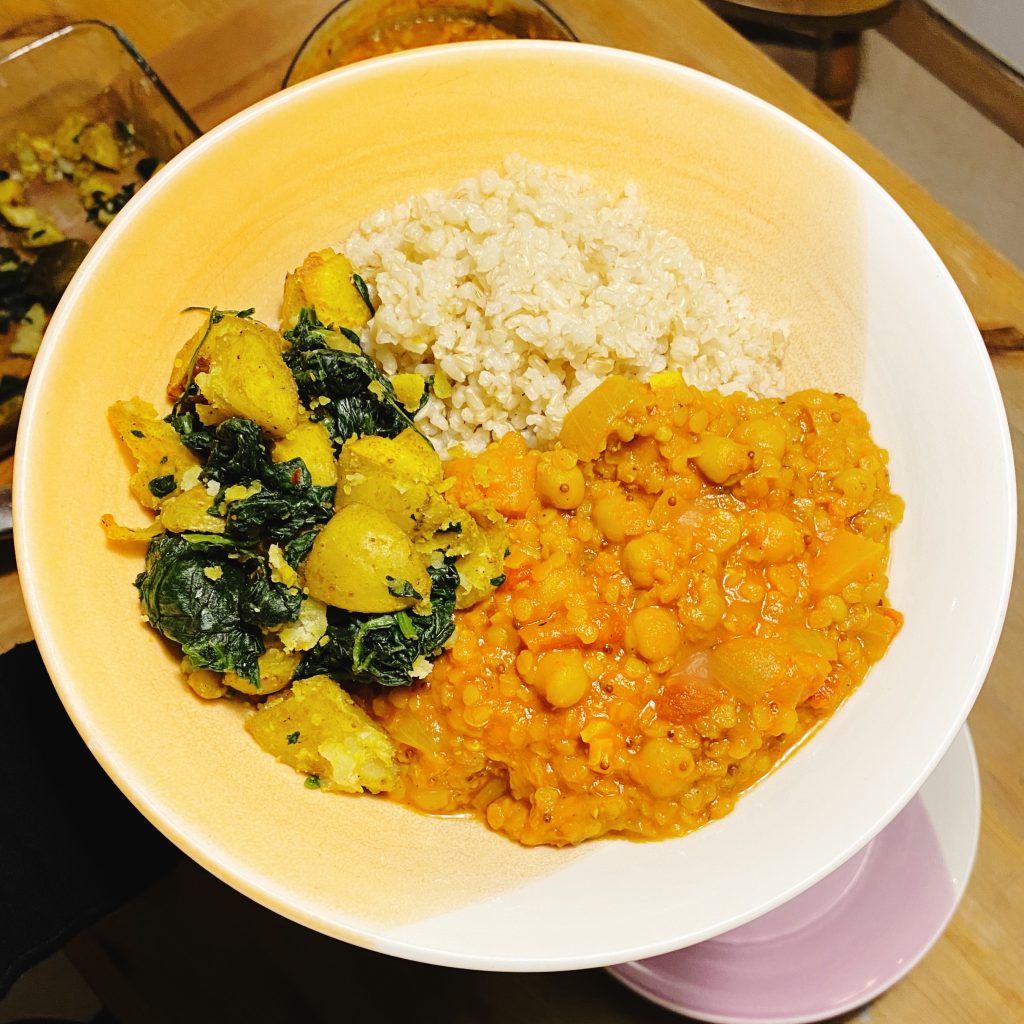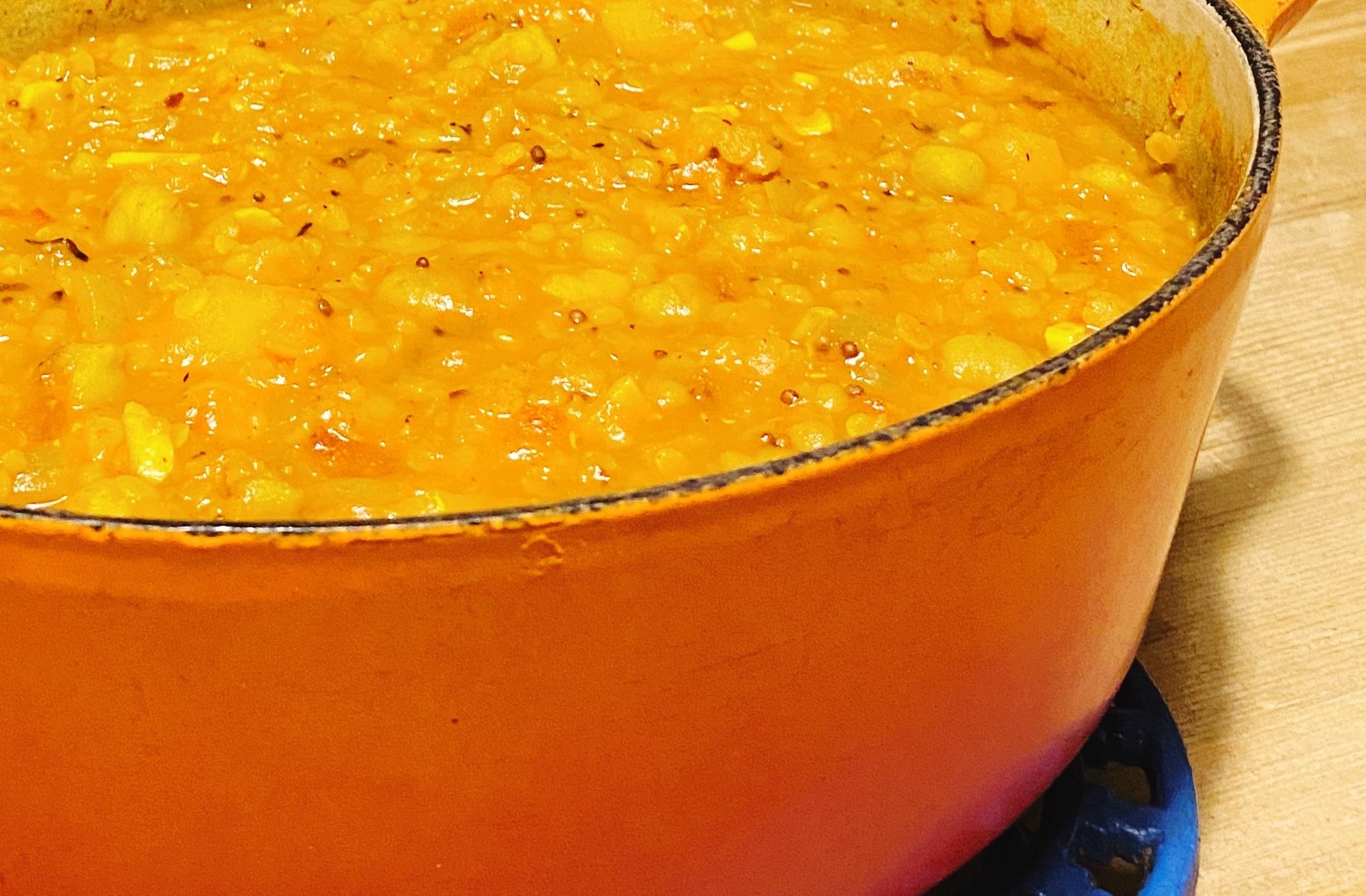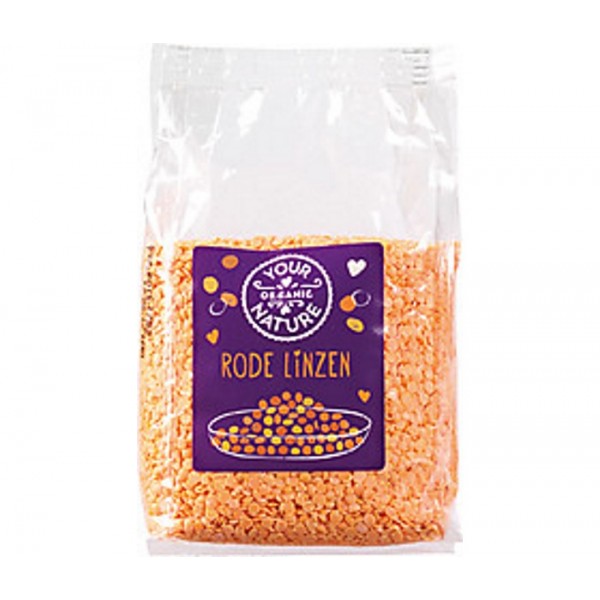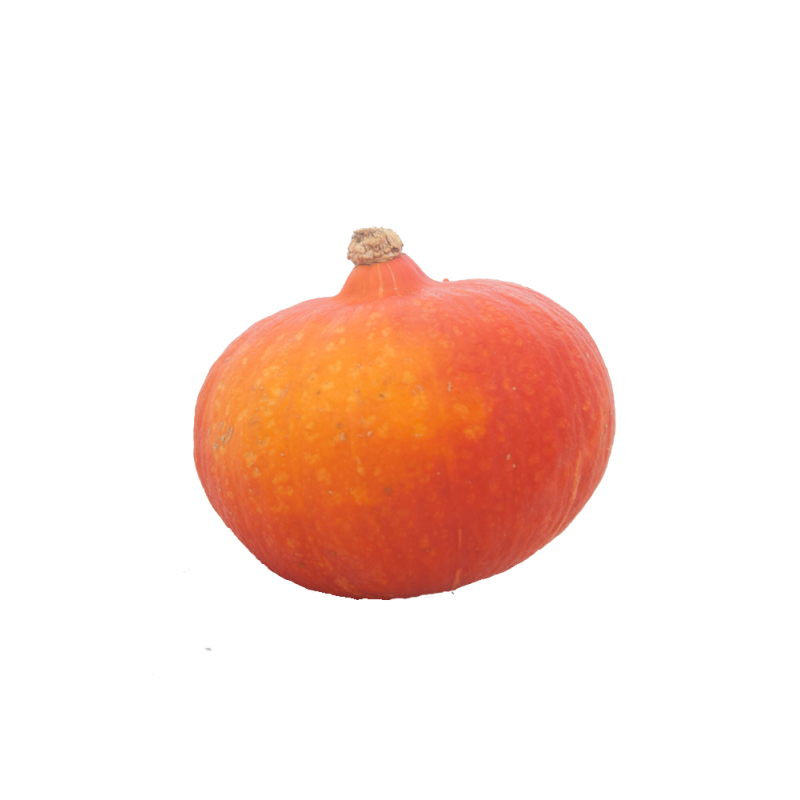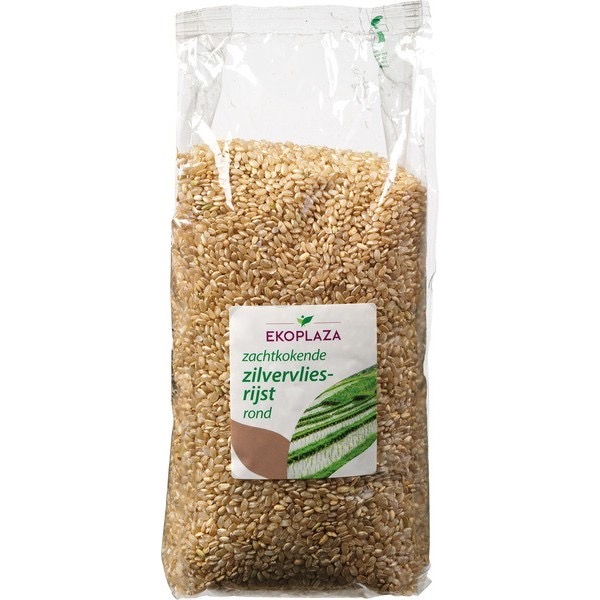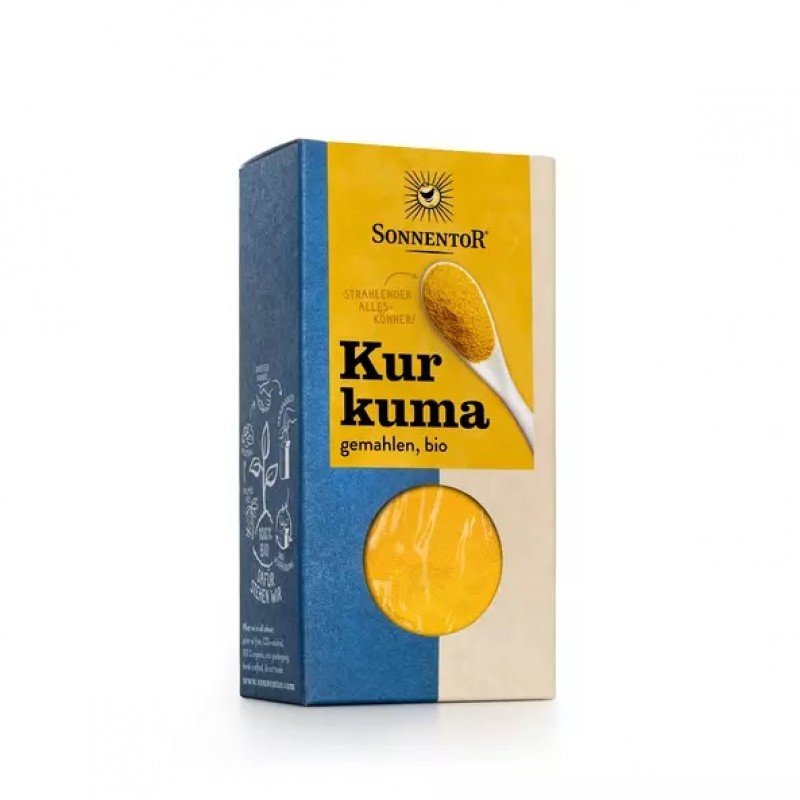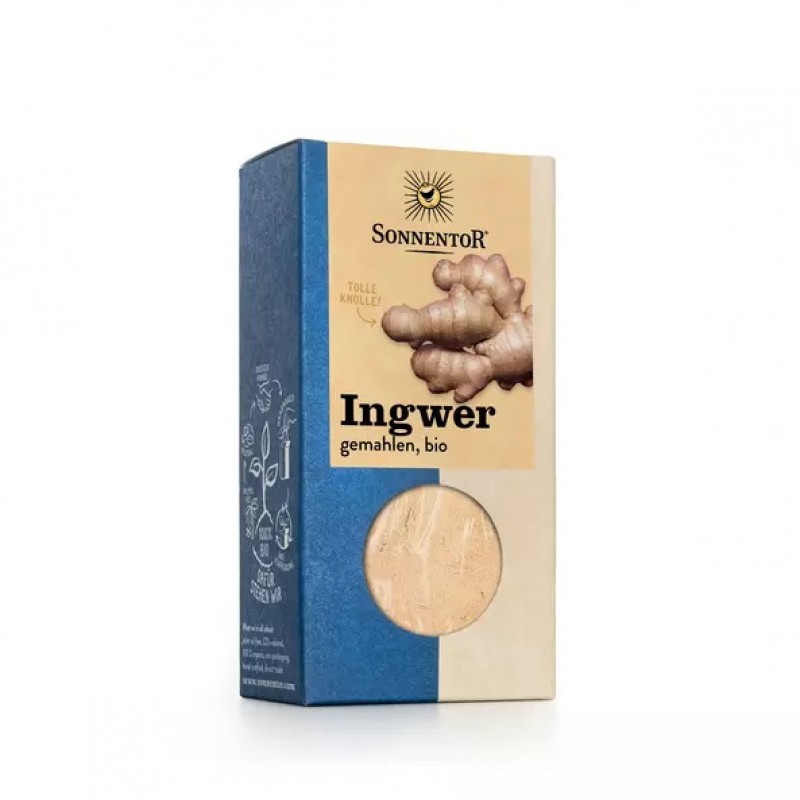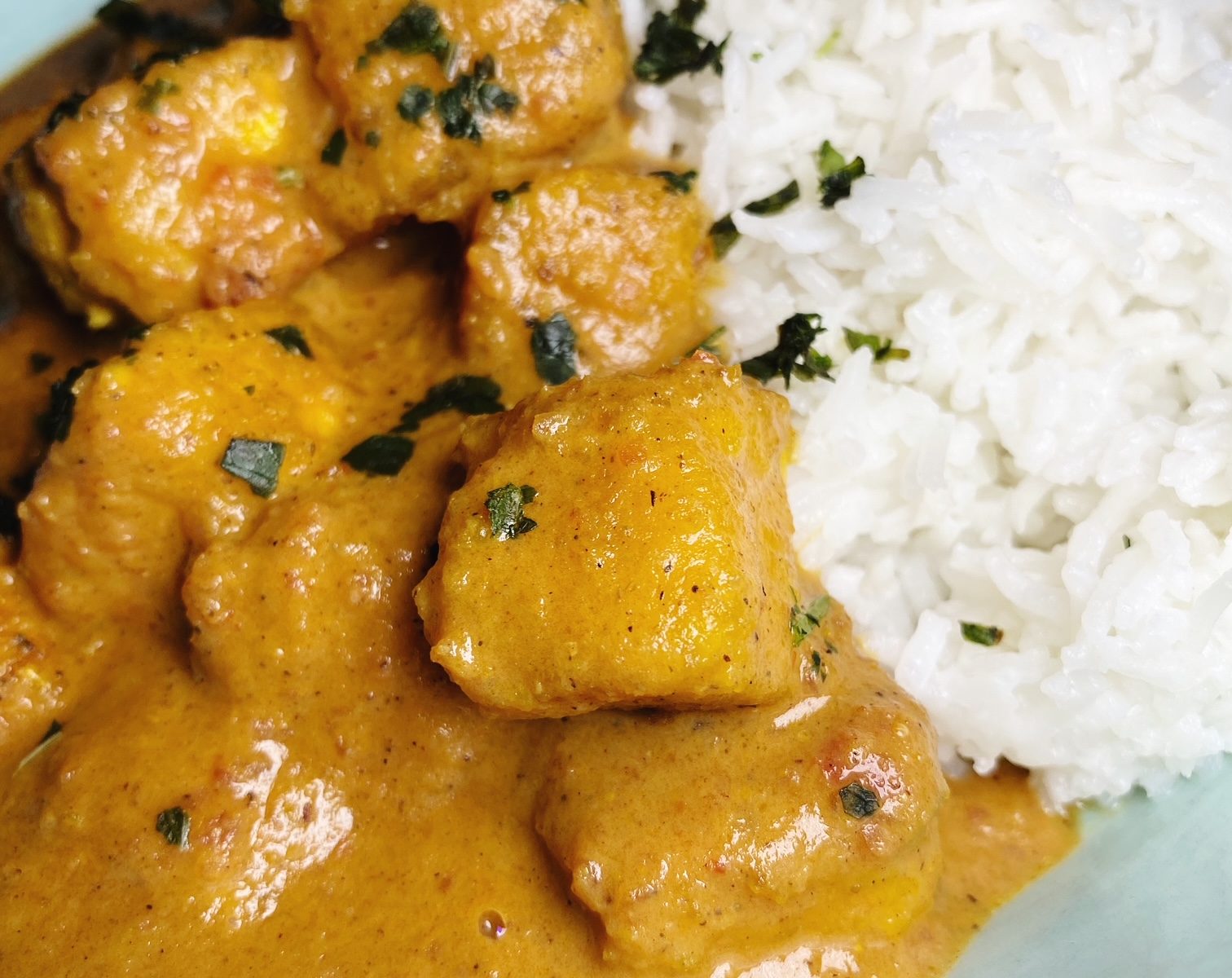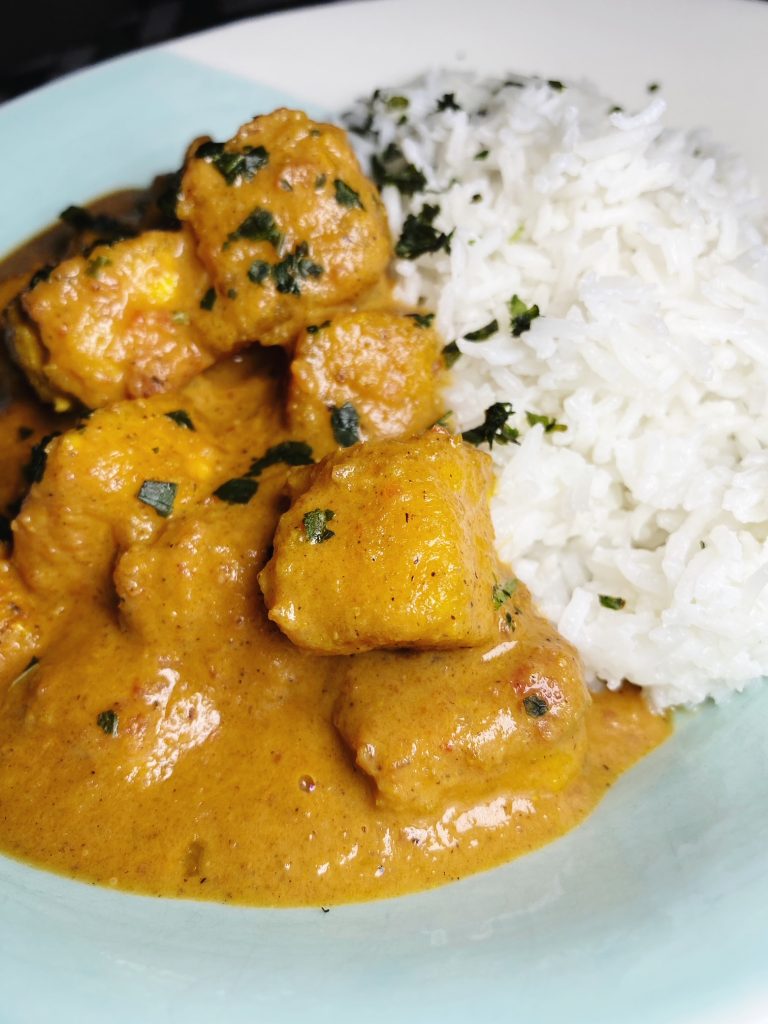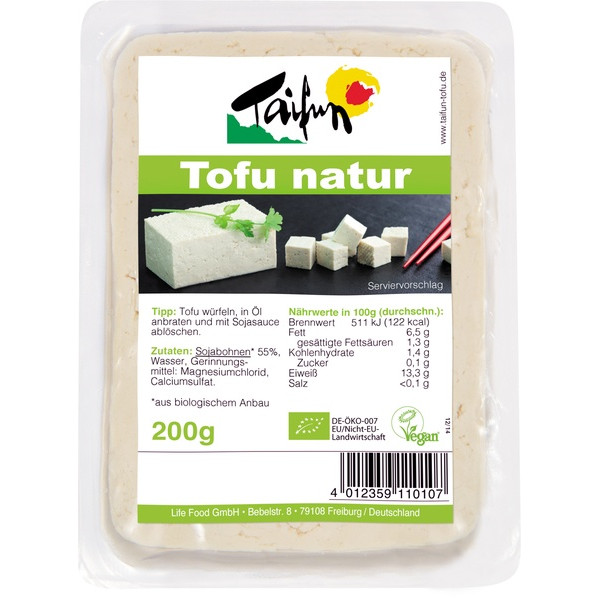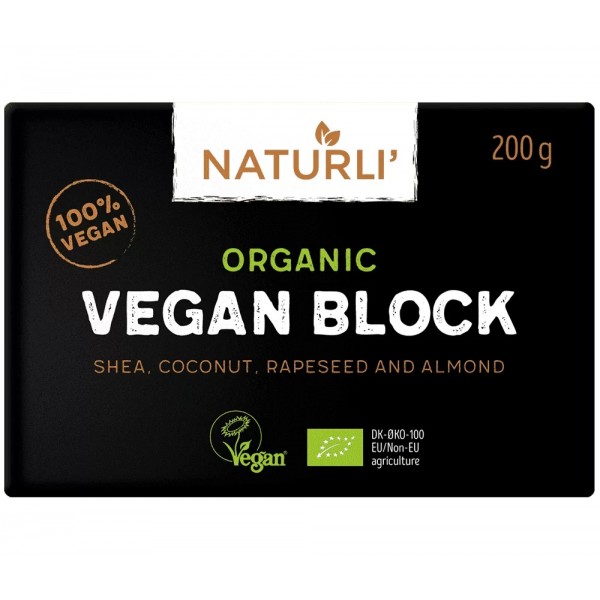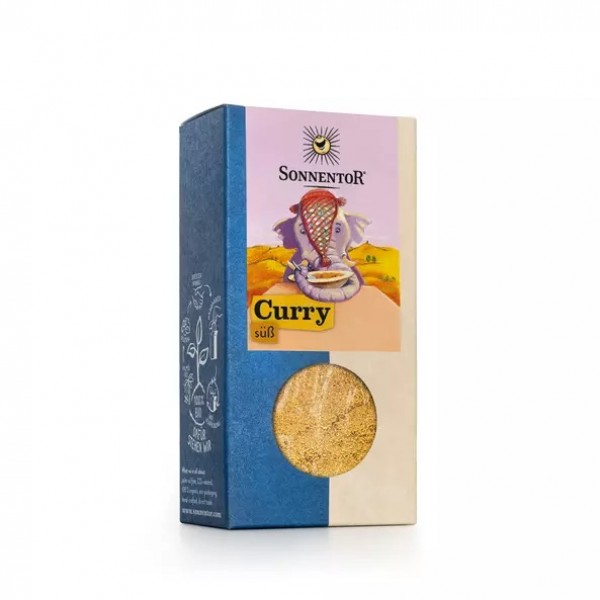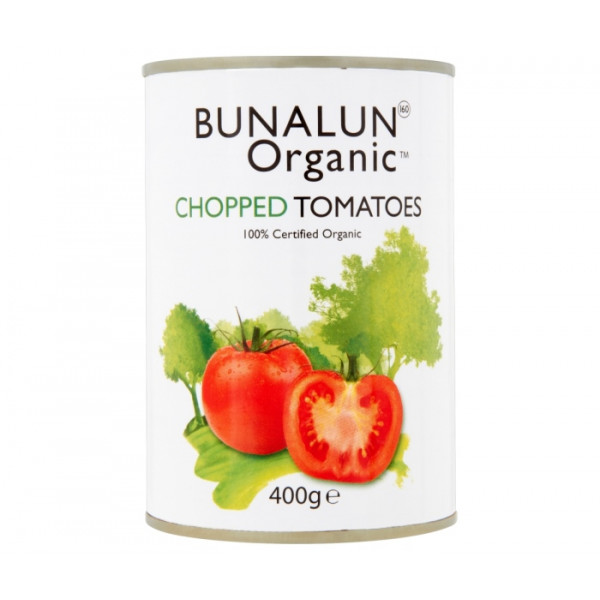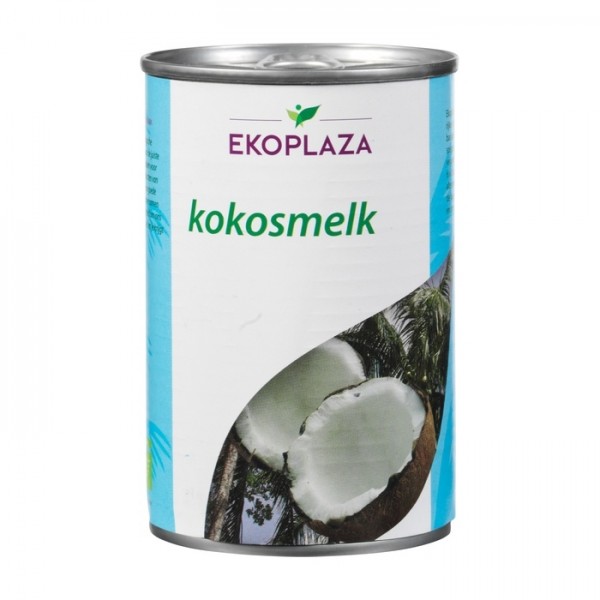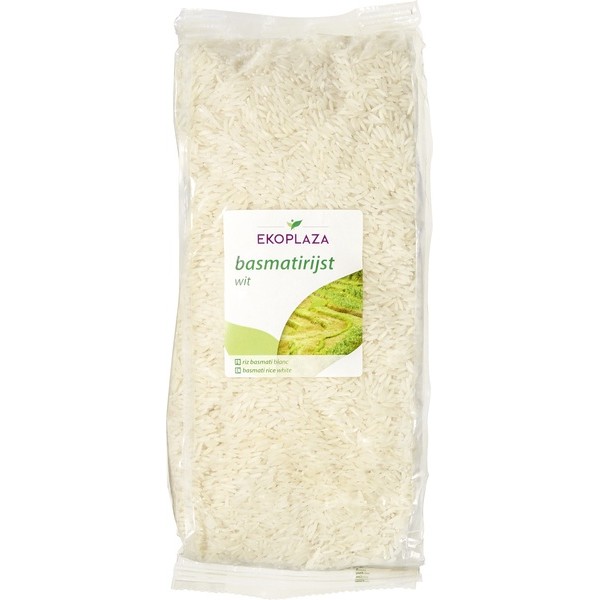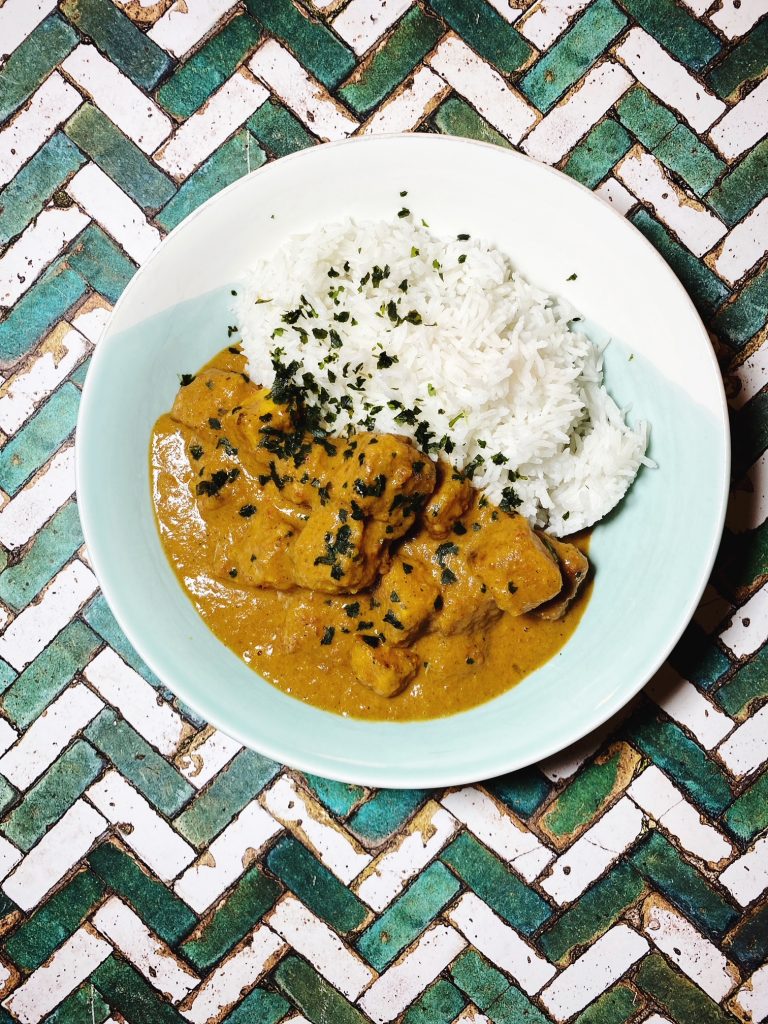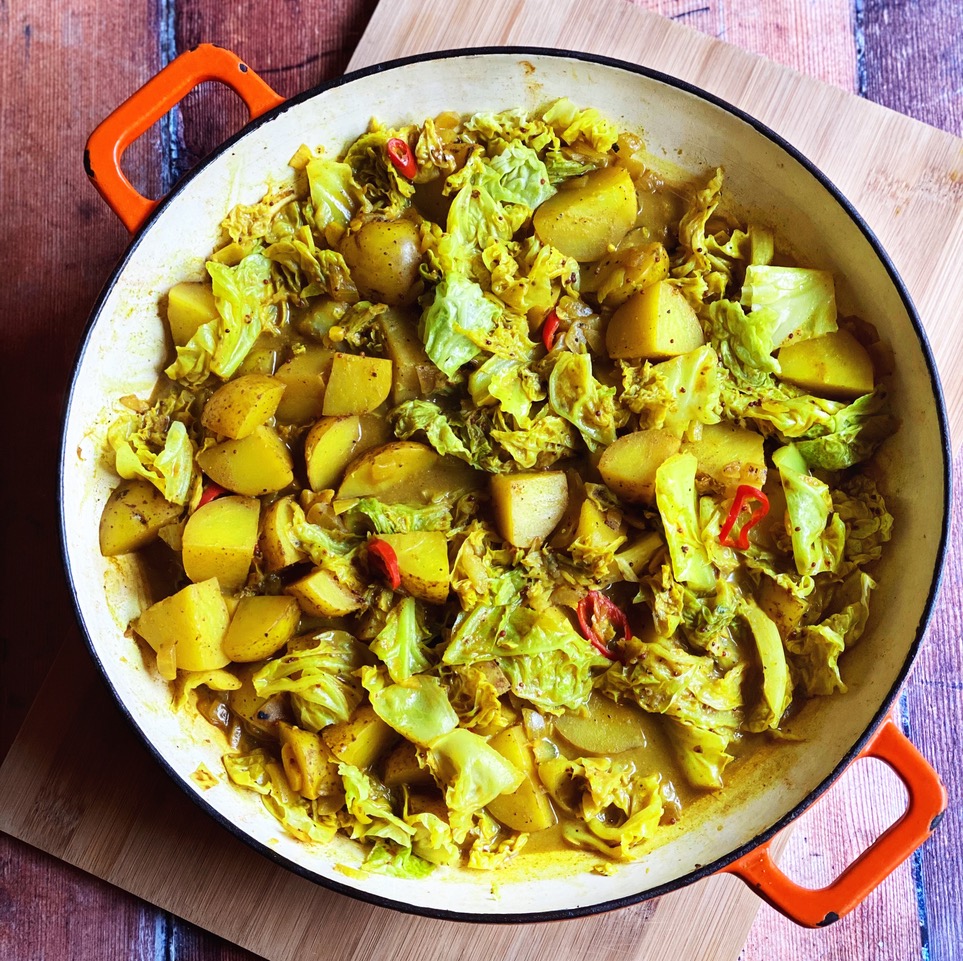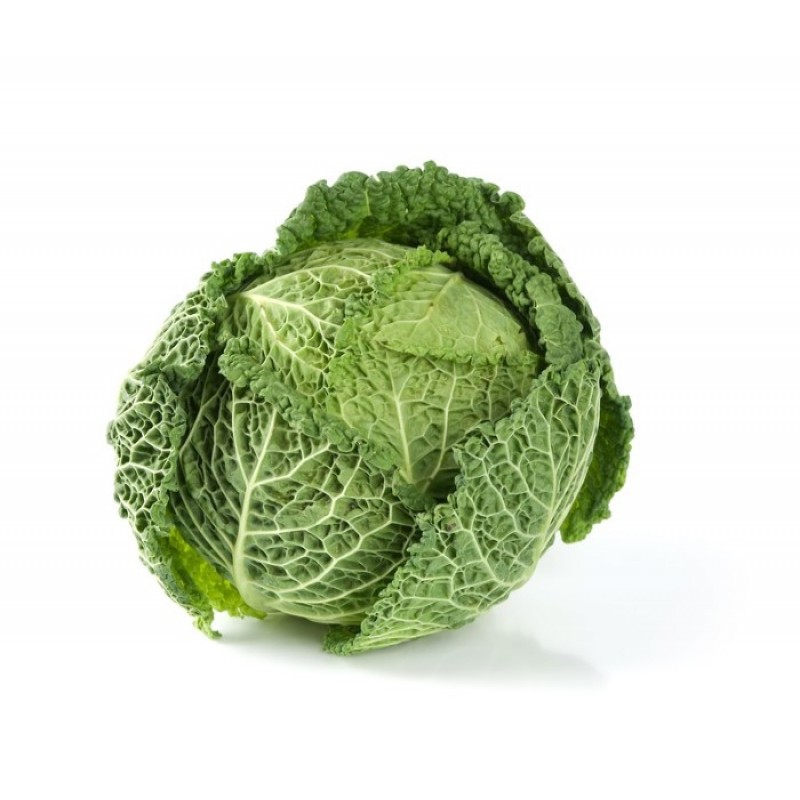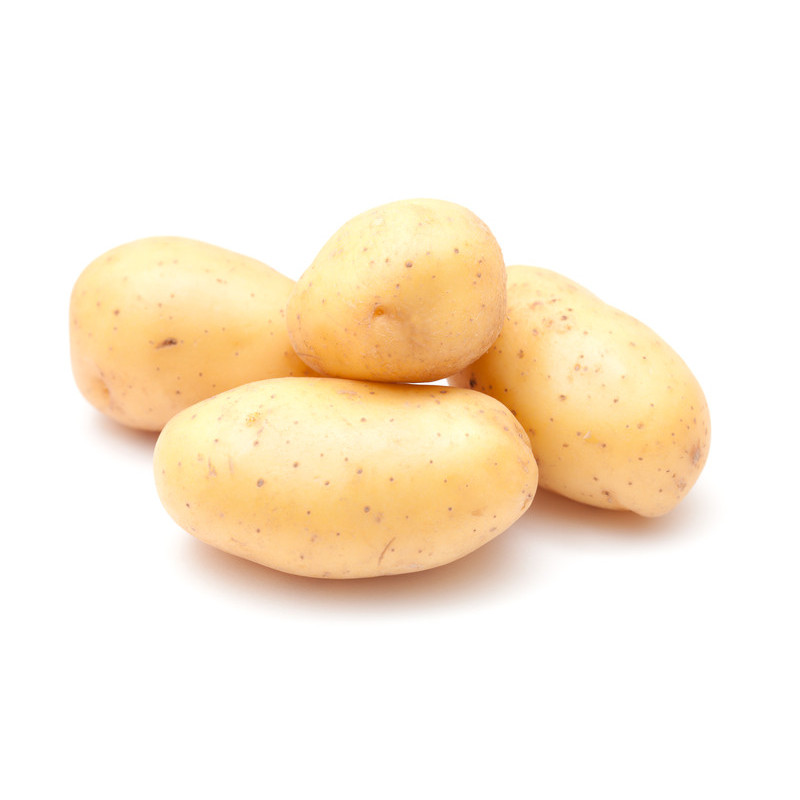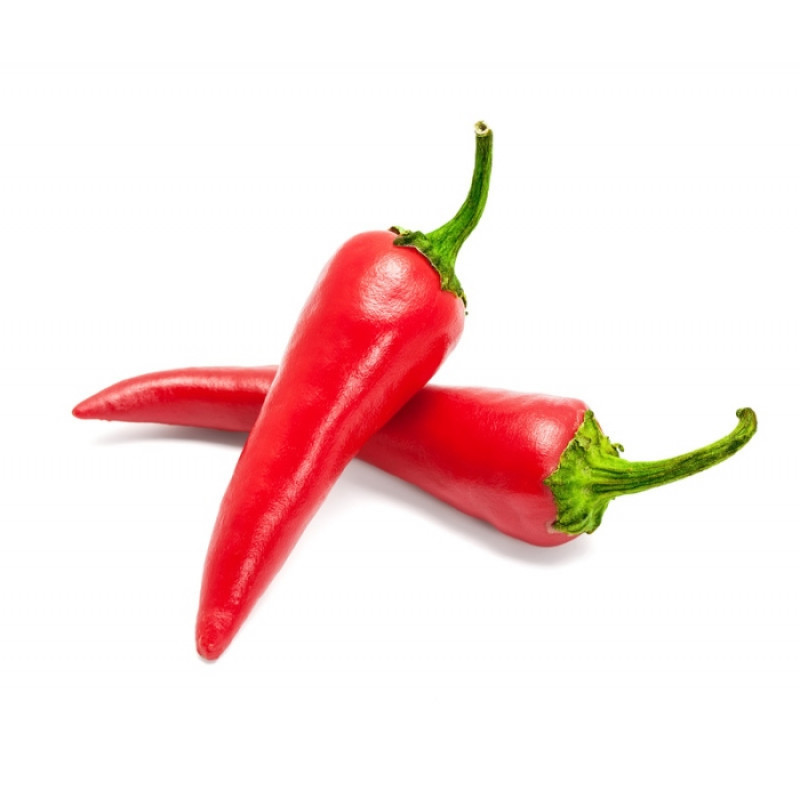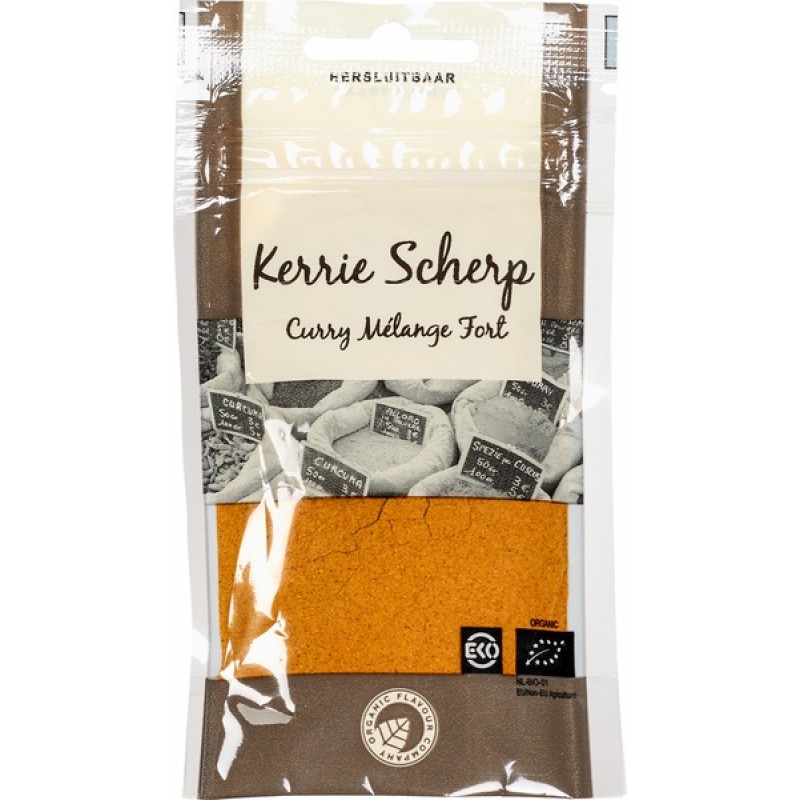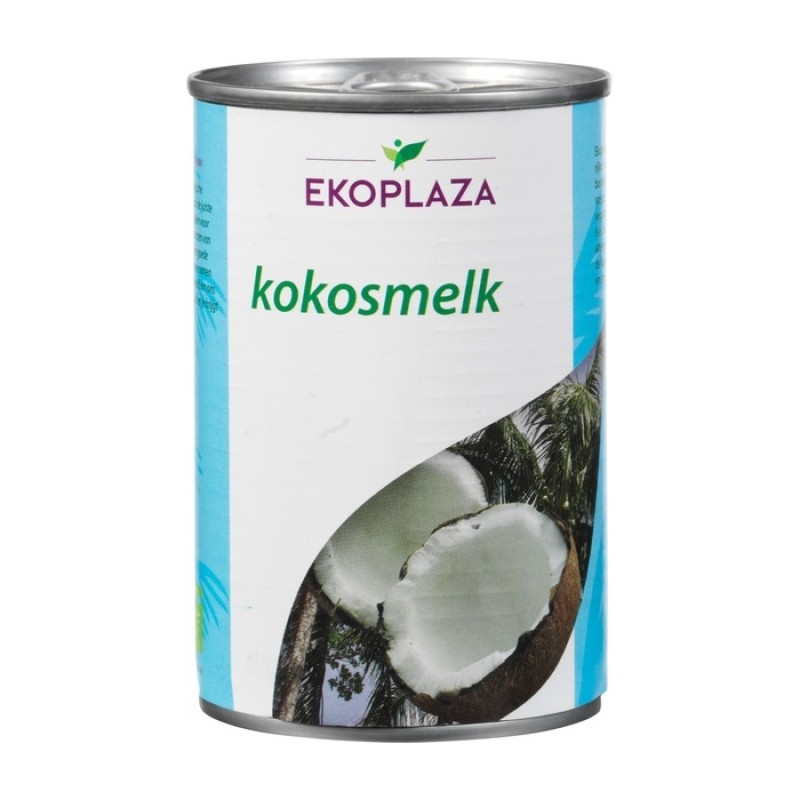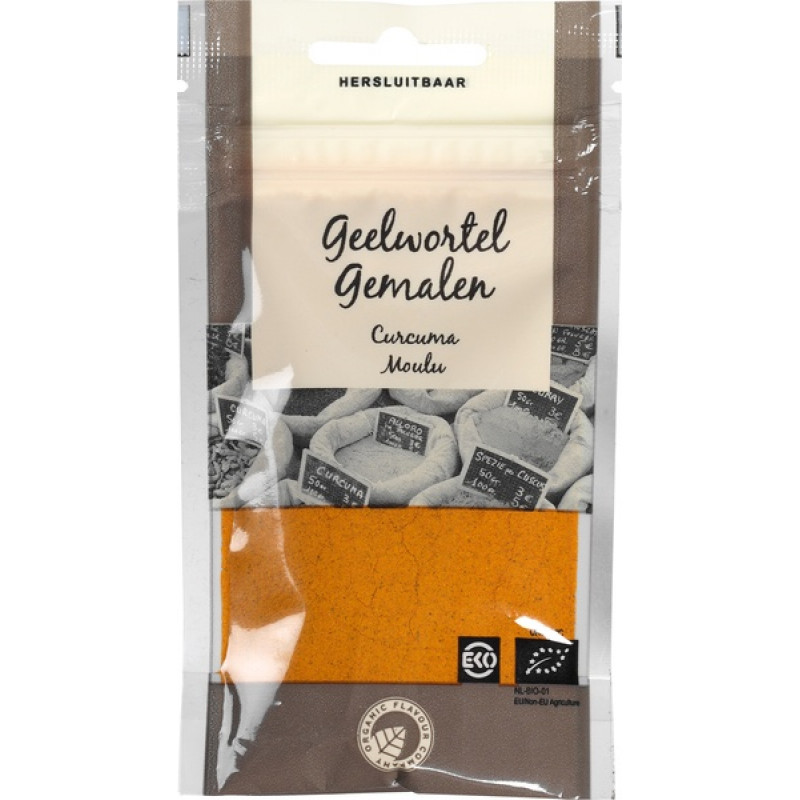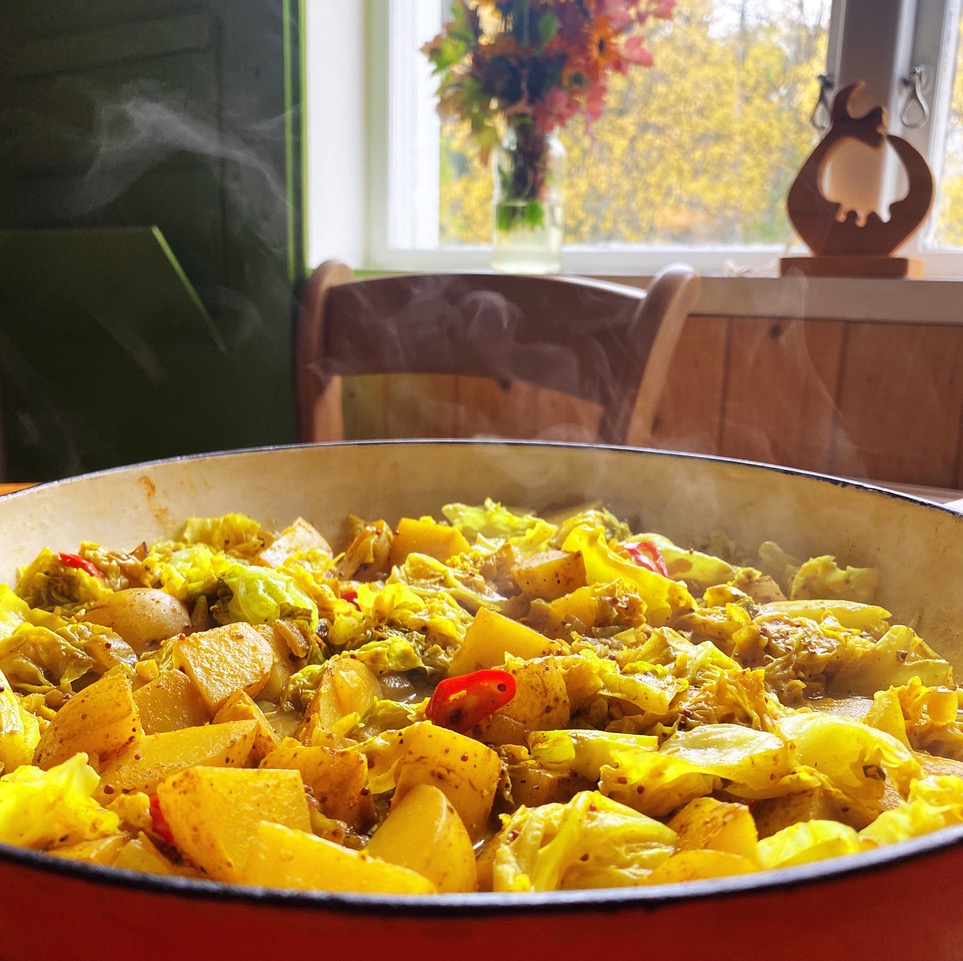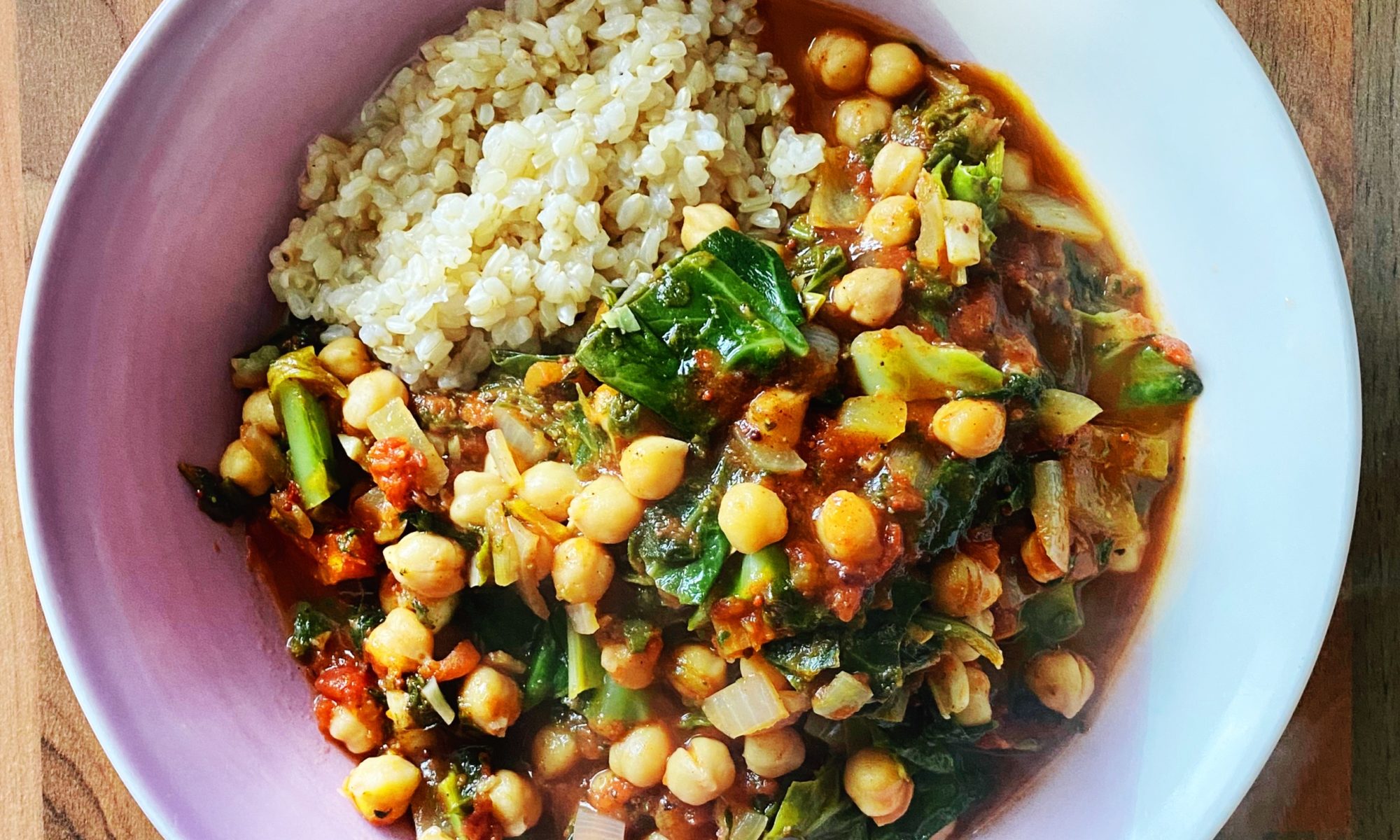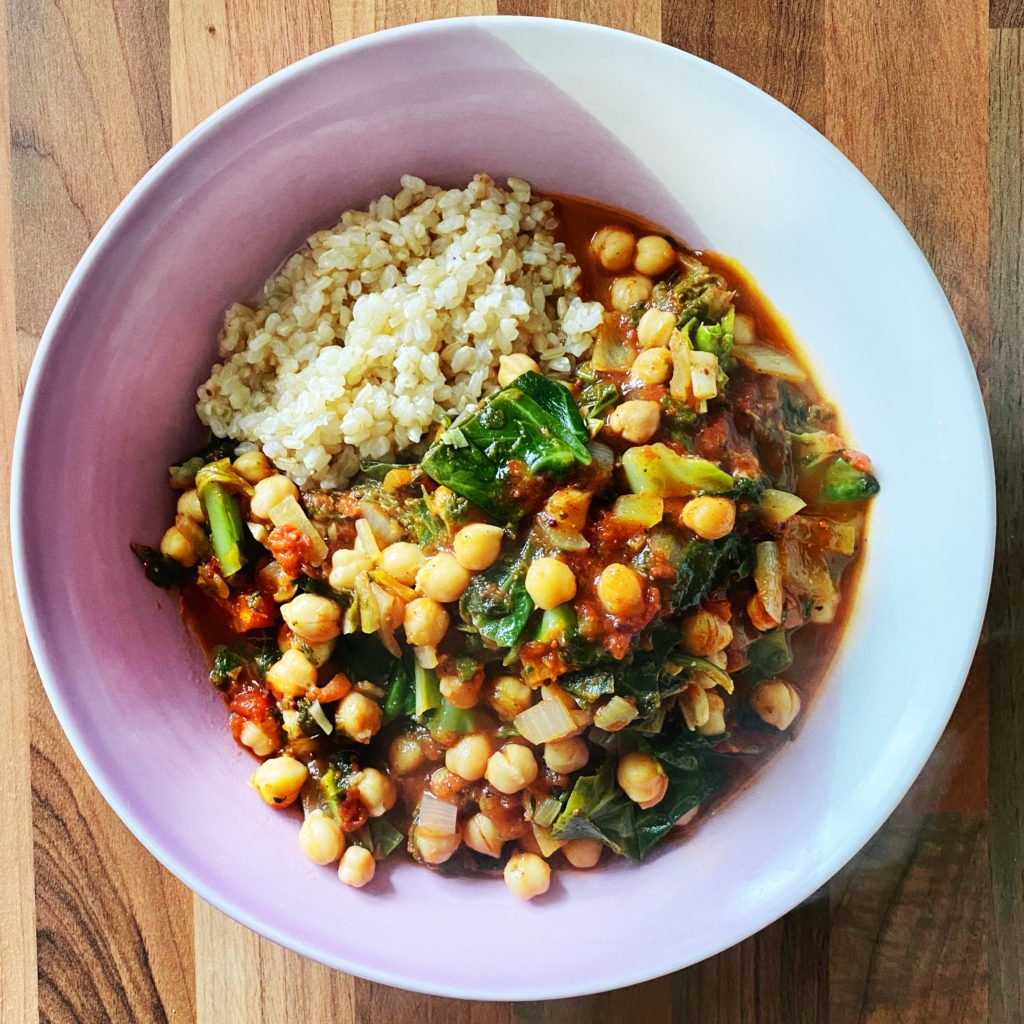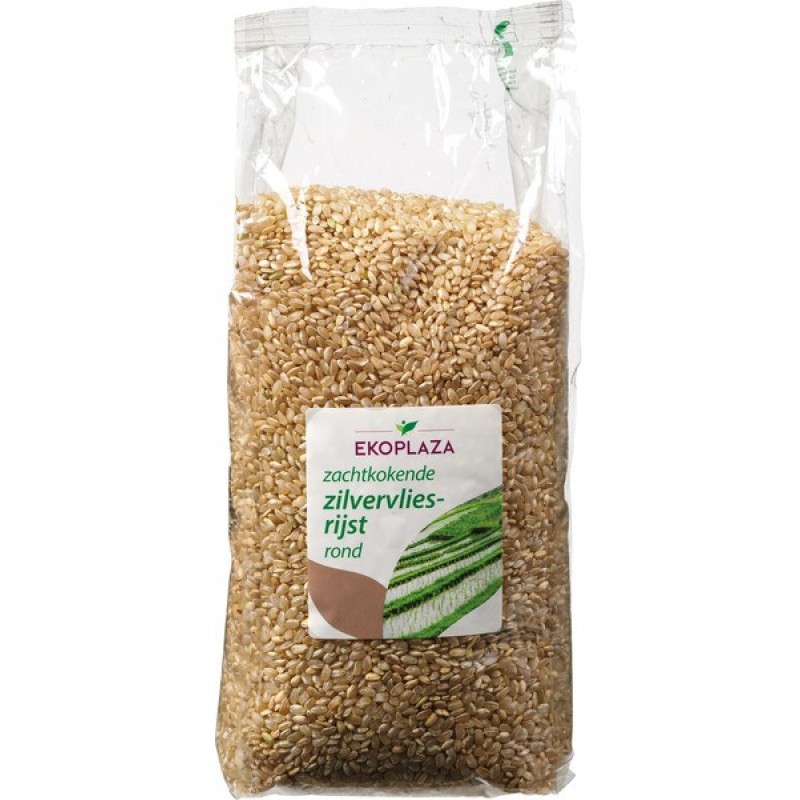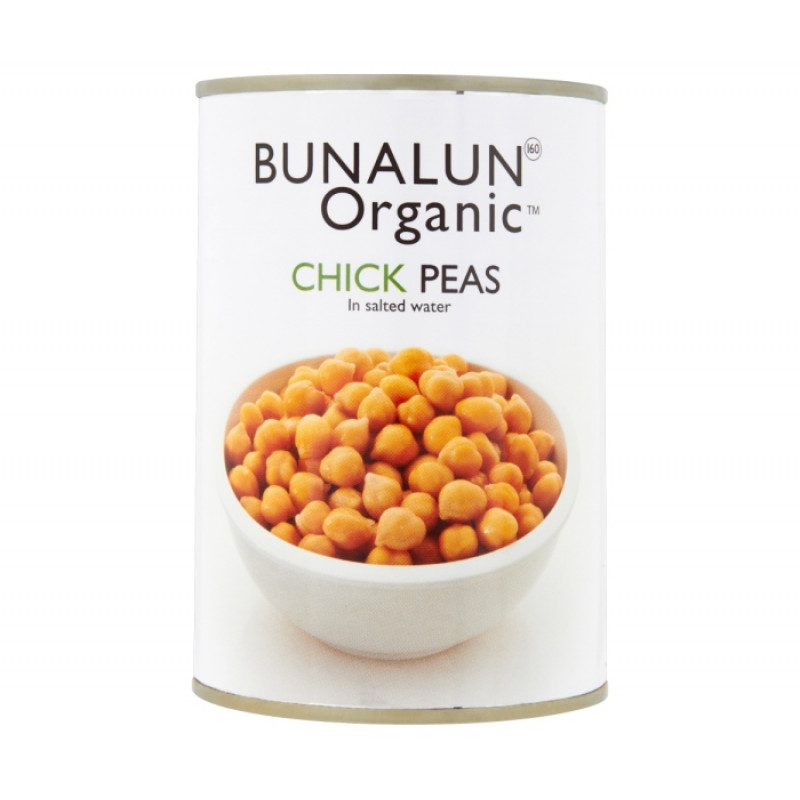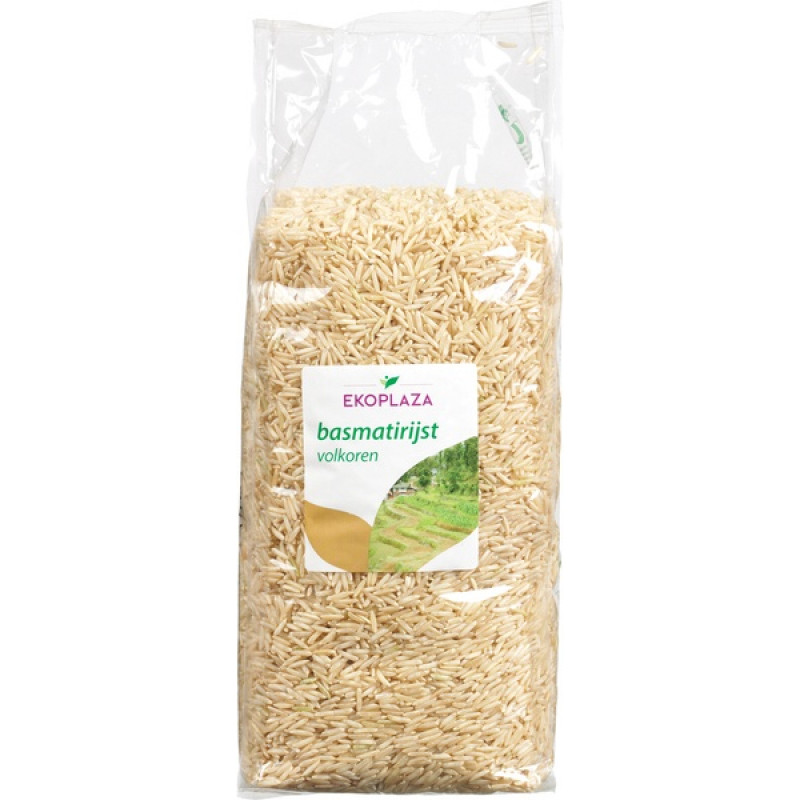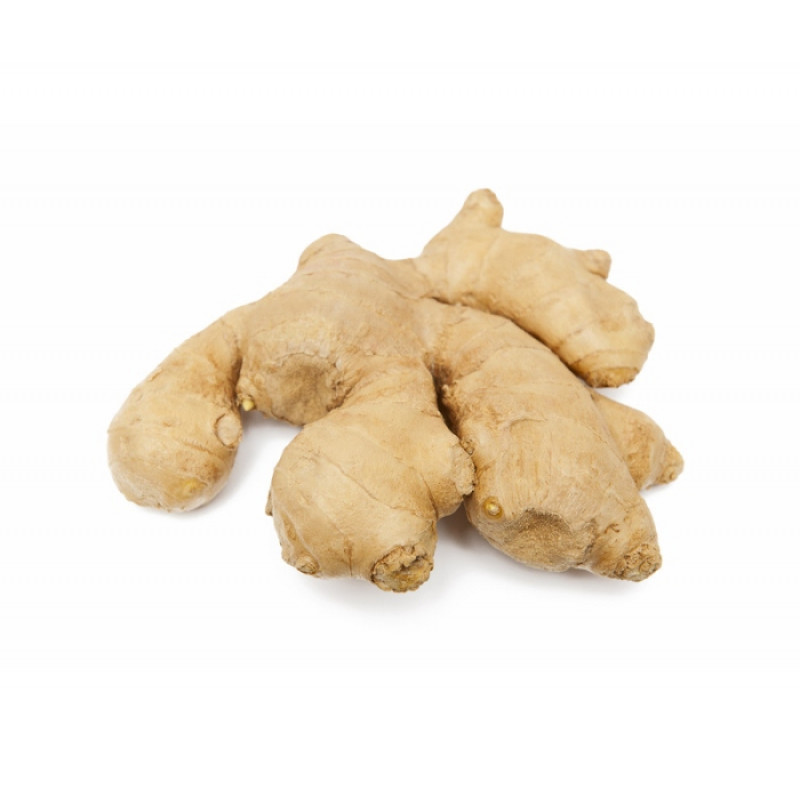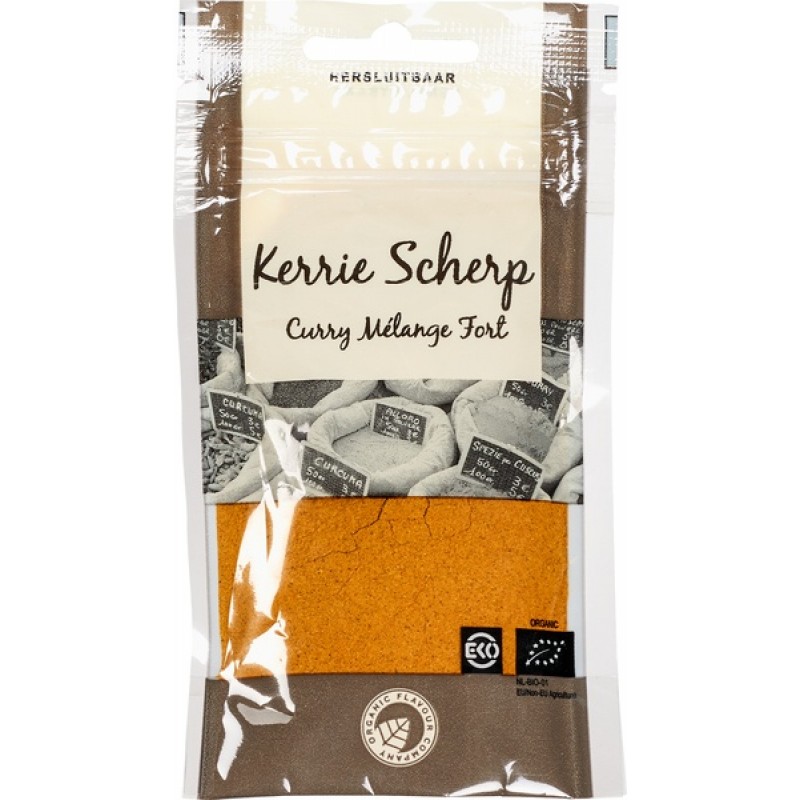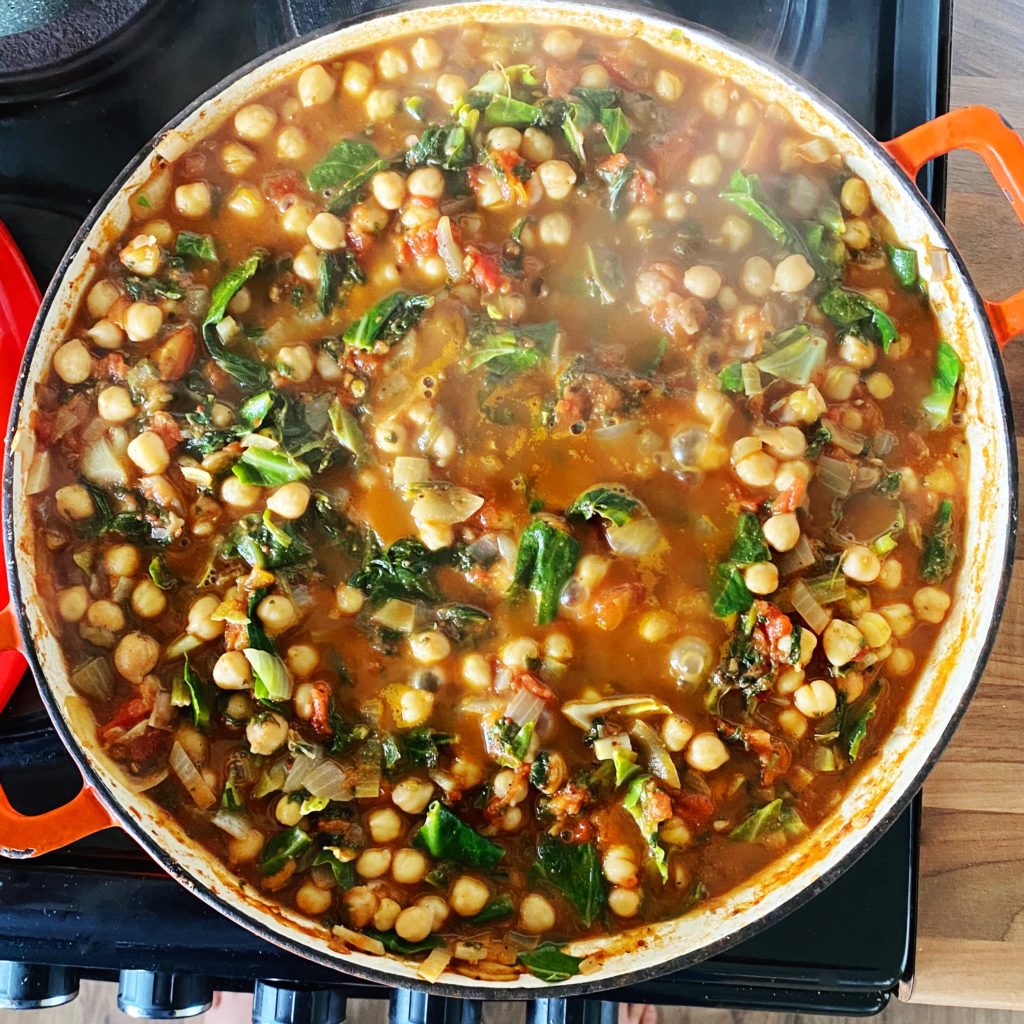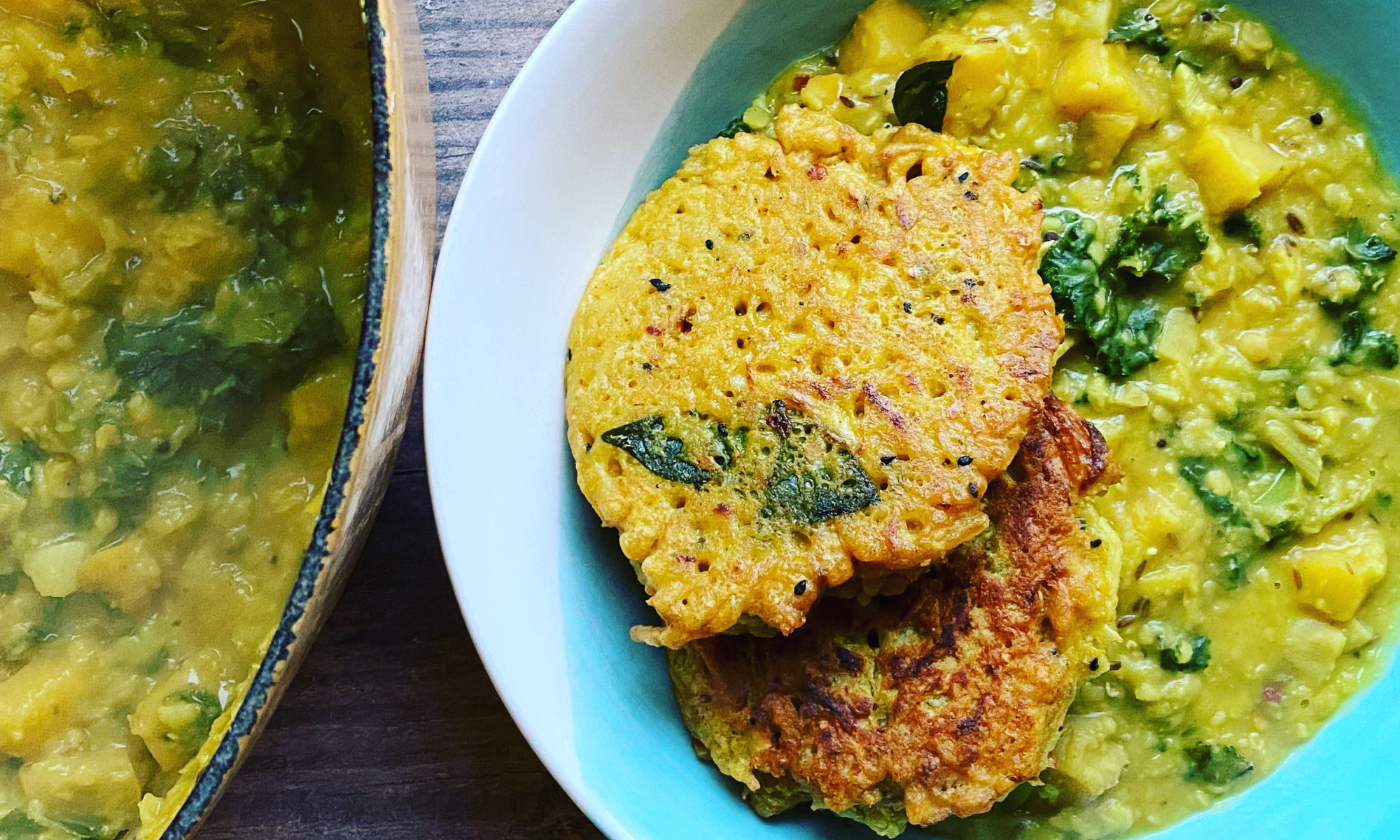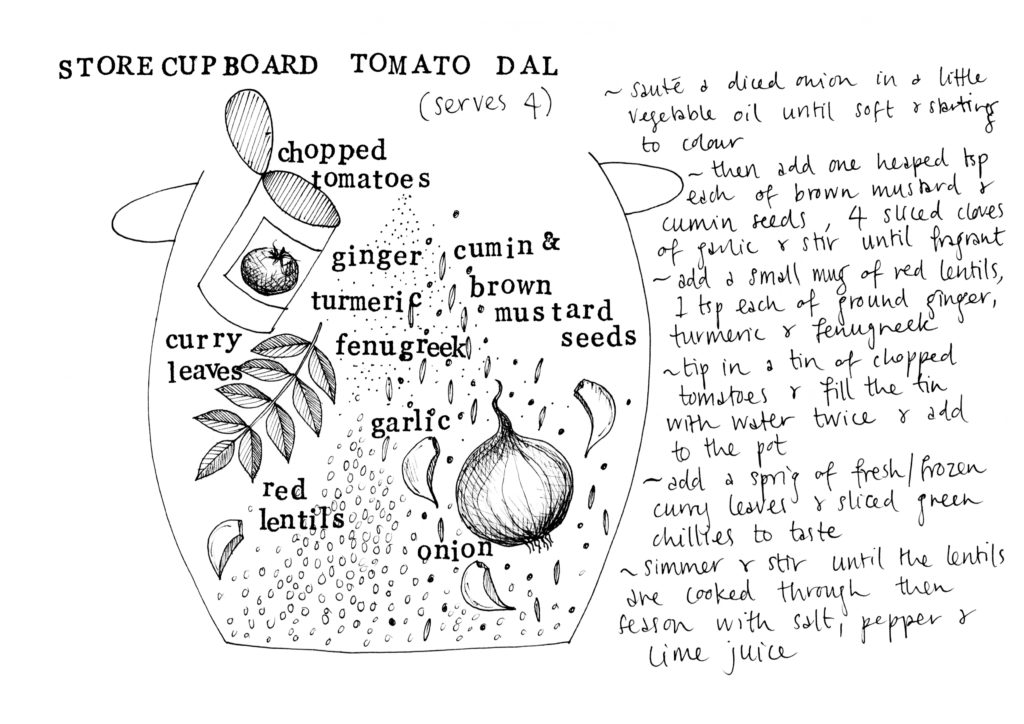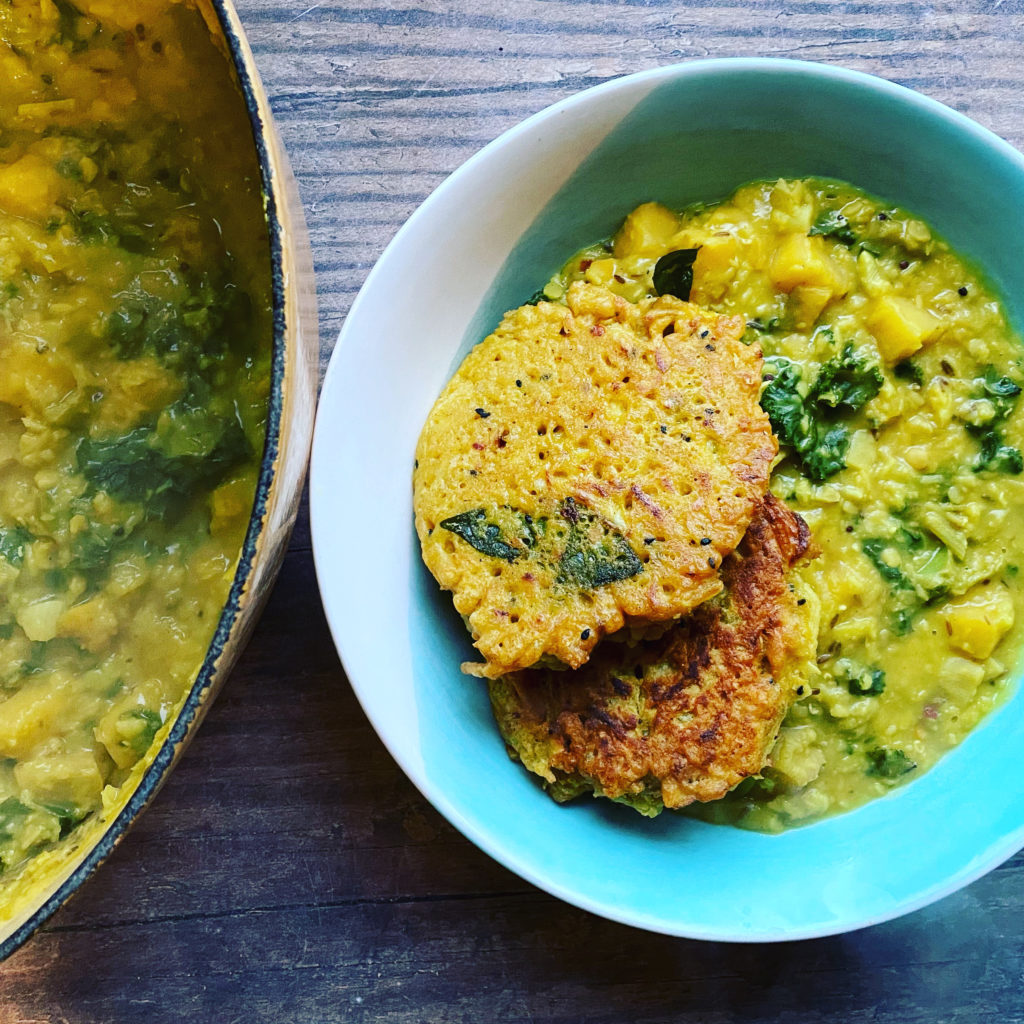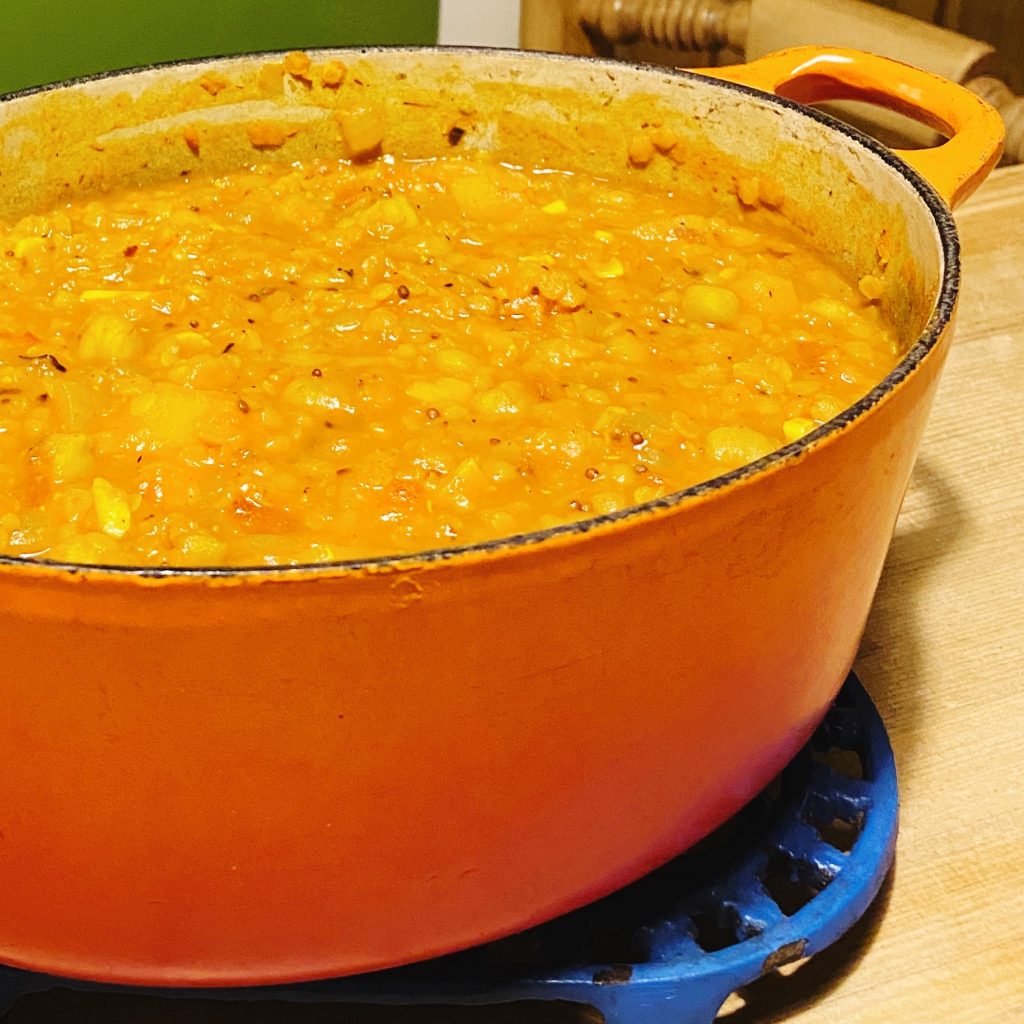
A simple and soothing red lentil dal is a staple in our house. It’s a winner on so many fronts from the cheap, nutritious ingredients to the ease of the recipe. We love how flexible dals can be and how delicious they always are. There’s something textural about red lentils that makes every spoonful a delight.
This recipe is very flexible so please feel encouraged to make it your own. Sometimes we make it with a tangy tin of tomatoes, sometimes with a rich and creamy tin of coconut milk, depending on our mood. But we always have some fresh, seasonal, Irish, organic vegetables simmered in with the lentils! This week we used delicious kuri squash pumpkins which are back in stock now (as of when this blog was written) but you can use whatever veg you fancy. Some of our other favourites for dal are cauliflower, aubergine, sweet potato and carrots. Share your favourite variations with us in the comments or over on our facebook community group. We love swapping recipes over there.
Don’t forget to order your organic fruit, veg and groceries here, we deliver nationwide.
Liz x
Ingredients (serves 4)
- 2 tbsp vegetable oil
- 1 onion, diced
- 4 cloves of garlic, sliced
- 1/2 a squash/pumpkin (like butternut or kuri squash), diced
- 1 tsp cumin seeds
- 1 tbsp brown mustard seeds
- 1 tsp ground turmeric
- 1 tsp ground ginger
- 1 tin chopped tomatoes
- an optional tin of chickpeas, drained
- a small mug of red lentils, rinsed
- salt, pepper & chilli to taste
- rice, lime & coriander to serve
Method
- In a large, heavy bottomed pan, sauté the onion and garlic with the oil until soft and golden brown. Over a medium high heat this should take around 10 minutes.
- Add the mustard and cumin seeds and stir fry for around 3 minutes to toast them and bring out their flavour before adding liquid.
- Now add the diced squash, rinsed lentils, tin of tomatoes, (optional tin of chickpeas), turmeric and ginger. Fill the tomato tin up with water twice, emptying it into the pot.
- Season well with salt and pepper then simmer, stirring often until the lentils are cooked through. You will probably need to add some more water as the lentils soak up the liquid.
- When the lentils and squash are cooked through (after around 20 minutes) and beautifully soft, taste and adjust the seasoning if you like with more salt. Add a squeeze of lime for acidity and some chilli flakes for heat if you like.
- Serve in bowls with rice (and optional other curries – we had a sort of lazy saag alloo which was just roasted potatoes with curry powder and some wilted spinach folded through) or just as it is with some bread. It’s delicious loosened into a soup too!
